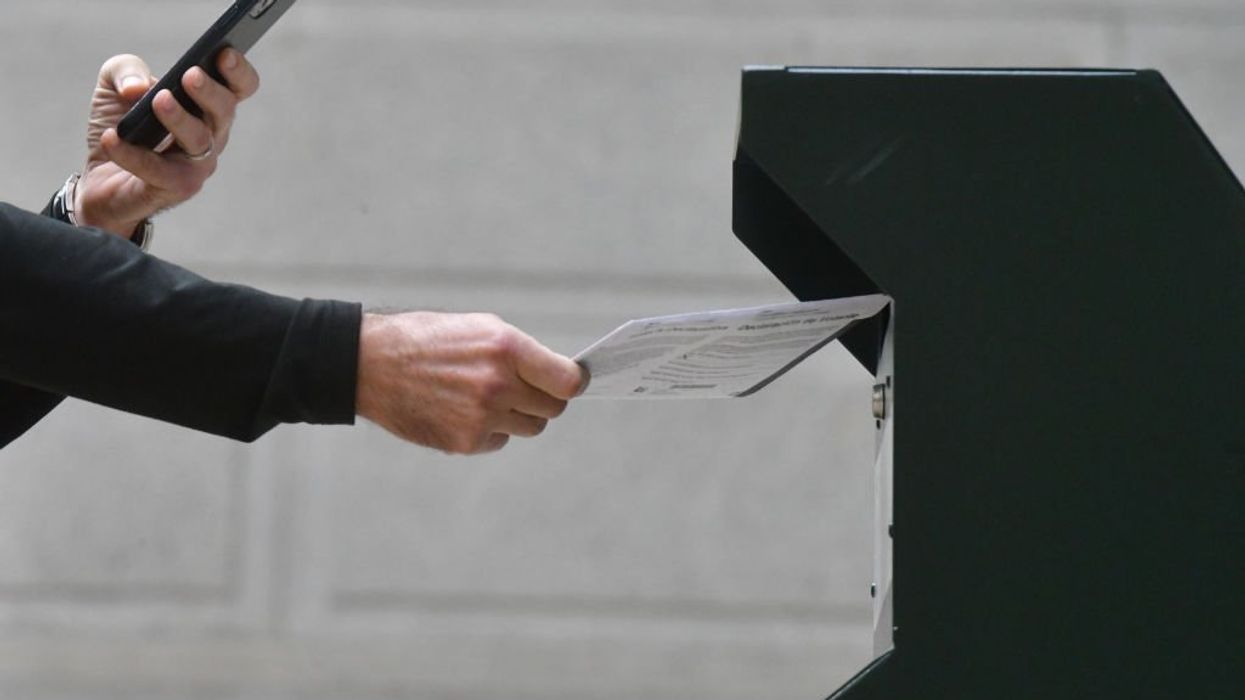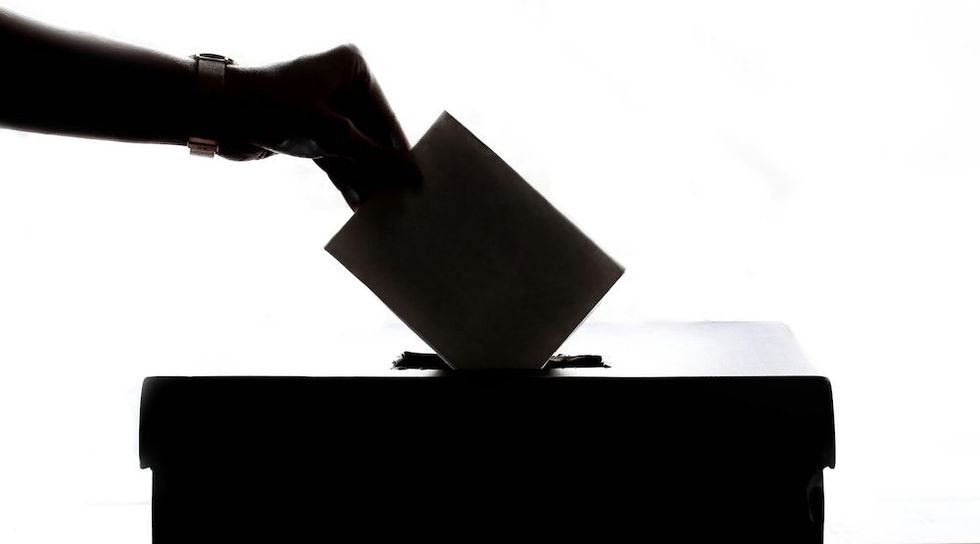
Photo by Mark Makela/Getty Images

Europe abandoned mass mail-in voting decades ago due to widespread fraud. Donald Trump now vows an executive order to bring US policy into line.
“I am going to lead a movement to get rid of MAIL-IN BALLOTS,” President Trump declared last week in a Truth Social post.
Later that Monday, he promised an executive order “to end mail-in ballots because they are corrupt. You know that we are the only country in the world, I believe — I may be wrong — but just about the only country in the world that uses them because of what's happened: massive fraud all over the place.”
Mail-in voting reopens the door to the fraud and vote-buying America worked so hard to eliminate a century ago.
Trump has remained consistent; even before the 2020 election, he warned: “There is a lot of dishonesty going along with mail-in voting.”
Trump doesn’t need to hedge about voting rules abroad. Poland was the only other country that considered conducting its 2020 presidential election by mail during the pandemic, but it also abandoned the attempt.
Countries don’t use the kind of mass mail-in voting now used in eight states, where all registered voters receive ballots automatically and then mail them back. That system differs from absentee ballots, which require a request and traditionally demand a reason, such as being out of town on Election Day.
The United States doesn’t just stand out for its use of mail-in ballots — it’s also distinct for its unusually broad use of absentee ballots. Of 47 European countries, 35 — including France, Italy, the Netherlands, Norway, and Sweden — ban absentee voting for citizens living in the country. Ten others — including England, Ireland, Denmark, Portugal, and Spain — allow it only if voters pick up their ballots in person and present photo ID.
Six of those restrict absentee ballots to the military or hospitalized voters, and they require verification from the military or hospital itself. The United States, by contrast, lets anyone claim he will be out of town and receive a ballot by mail.
England once followed rules similar to America’s. But in 2004, officials uncovered a massive fraud in Birmingham City Council races. Six winning Labour candidates had acquired about 40,000 fraudulent absentee votes, mainly from Muslim neighborhoods. England responded by ending the mailing of absentee ballots and requiring in-person pickup with photo ID.
France once had similarly loose rules. But in 1975, authorities exposed large-scale fraud on the island of Corsica, where dead people “voted” in the hundreds of thousands and widespread vote-buying flourished. France responded by banning absentee voting altogether.
Concerns over absentee ballots once united both Democrats and Republicans. “Absentee ballots are the largest source of potential voter fraud.” That warning doesn’t come from Trump but from the bipartisan 2005 Commission on Federal Election Reform, led by Democrat President Jimmy Carter and Republican Secretary of State James Baker III.
Voters across the spectrum still share those worries. A Rasmussen poll at the end of last year found that 59% of likely voters believe mail-in voting makes cheating easier. Majorities of black, Hispanic, and white voters agreed, along with both young and old. Only Democrats, liberals, graduate-school alumni, and those earning more than $200,000 disagreed. Earlier surveys saw similar results.
Even the New York Times once raised alarms. In 2012, the paper warned that the increased use of absentee ballots “will probably result in more uncounted votes, and it increases the potential for fraud.” But these days, that same newspaper insists voter-fraud claims for absentee ballots are “baseless” and “without evidence.”
RELATED: 'Conspiracy theorists' right again? FBI reveals MASSIVE alleged Chinese voter fraud plot

American history reinforces these concerns. Between 1888 and 1950, widespread vote-buying led states to adopt the secret ballot. Once voters could no longer prove to buyers how they had voted, the payments stopped. As one state after another started using secret ballots, turnout immediately fell by 8% to 12%, according to my research with the late Larry Kenny at the University of Florida — evidence of just how rampant the practice had been.
The Carter-Baker commission also highlighted how absentee voting enables coercion.
Citizens who vote at home, at nursing homes, at the workplace, or in church are more susceptible to pressure, overt and subtle, or to intimidation. Vote-buying schemes are far more difficult to detect when citizens vote by mail.
The problem is that both the buyer and seller have an incentive to hide the purchase.
Recent cases confirm the risks. Earlier this year, prosecutors indicted six Texans for harvesting ballots and buying votes by collecting absentee ballots. Absentee voting lets sellers prove how they voted, and ballot harvesting lets buyers ensure that the votes count — guaranteeing they get what they paid for.
Just this month, investigators in Hamtramck, Michigan, opened a fraud case after surveillance video showed a city council candidate’s aide stuffing three stacks of ballots into a drop box. The candidate had won by only a few dozen votes.
Mail-in voting reopens the door to the fraud and vote-buying America worked so hard to eliminate a century ago. That’s why countries such as Norway and Mexico prohibit absentee ballots for citizens voting domestically. Americans deserve the same safeguard — a voting system they can trust.
Editor’s note: This article was originally published by RealClearPolitics and made available via RealClearWire.
John R. Lott Jr.